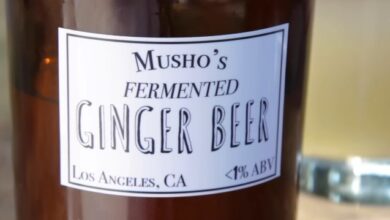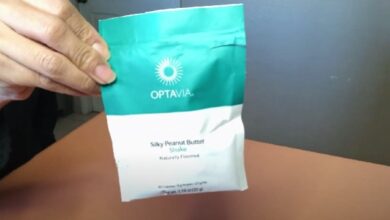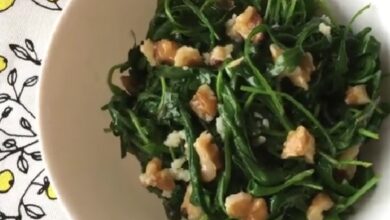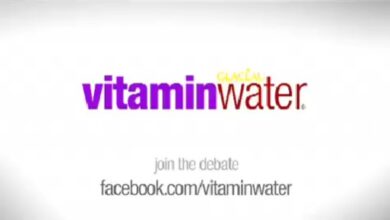Spam Nutrition Facts
Spam, a well-known canned meat product, has a storied history dating back to 1937. It’s a convenient and versatile food item, popular in many parts of the world, especially in Hawaii. Despite its convenience and unique flavor, Spam is often scrutinized for its nutritional content. In this detailed article, we will explore the nutritional facts of Spam, delve into its various types, and answer some frequently asked questions to help you make informed decisions about including Spam in your diet.
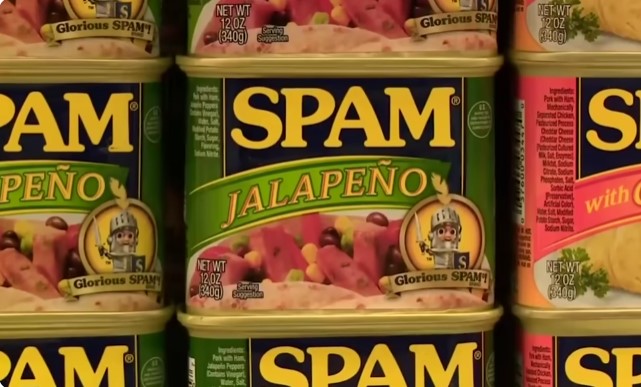
Classic Spam Nutrition Facts
Classic Spam is the original product that most people are familiar with. Here’s a breakdown of its nutritional content per serving size of 56 grams (about 1/6 of a can):
- Calories: 180
- Total Fat: 16 grams (25% DV)
- Saturated Fat: 6 grams (30% DV)
- Trans Fat: 0 grams
- Cholesterol: 40 milligrams (13% DV)
- Sodium: 790 milligrams (34% DV)
- Total Carbohydrates: 1 gram (0% DV)
- Dietary Fiber: 0 grams
- Sugars: 1 gram
- Protein: 7 grams
- Vitamin D: 0 micrograms (0% DV)
- Calcium: 26 milligrams (2% DV)
- Iron: 0 milligrams (0% DV)
- Potassium: 94 milligrams (2% DV)
Key Nutritional Considerations
- High Fat Content: Spam is high in total fat, particularly saturated fat, which is a significant contributor to its calorie content. Diets high in saturated fat can increase the risk of heart disease.
- Sodium: Spam is also high in sodium, which can be a concern for individuals managing blood pressure or cardiovascular health.
- Protein: Each serving of Spam provides a moderate amount of protein, making it a viable option for adding protein to meals, albeit with the consideration of its other nutritional drawbacks.
Variations of Spam
To cater to different dietary needs and preferences, Spam offers several variations with modified nutritional profiles:
Lite Spam
- Calories: 110 (33% fewer than Classic Spam)
- Total Fat: 8 grams (50% less than Classic Spam)
- Saturated Fat: 3 grams
- Sodium: 580 milligrams (25% less than Classic Spam)
- Protein: 9 grams
Lite Spam provides a lower calorie, fat, and sodium option while still delivering a substantial amount of protein.
Spam Less Sodium
- Calories: 180
- Total Fat: 16 grams
- Saturated Fat: 6 grams
- Sodium: 580 milligrams (25% less than Classic Spam)
- Protein: 7 grams
This variant maintains the original taste and fat content but reduces the sodium, making it a slightly healthier choice.
Spam Oven Roasted Turkey
- Calories: 80
- Total Fat: 4 grams
- Saturated Fat: 1 gram
- Sodium: 450 milligrams
- Protein: 8 grams
Spam Oven Roasted Turkey is the leanest option, with significantly lower calories and fat, making it a healthier alternative within the Spam family.

Frequently Asked Questions
What are the primary ingredients in Spam?
Spam primarily consists of pork with ham, salt, water, potato starch, sugar, and sodium nitrite. The combination of these ingredients gives Spam its distinct flavor and long shelf life.
Is Spam considered healthy?
While Spam is a convenient source of protein, its high fat and sodium content make it less ideal for regular consumption, especially for individuals with heart disease or hypertension. It’s best enjoyed in moderation.
Can Spam be part of a balanced diet?
Yes, Spam can be part of a balanced diet if consumed in moderation and balanced with other nutrient-dense foods such as vegetables, whole grains, and lean proteins.
How can I reduce the sodium intake when eating Spam?
To reduce sodium intake, consider choosing the less sodium variant or pairing Spam with low-sodium foods. Rinsing Spam with water before cooking can also help remove some of the excess salt.
What are some healthier ways to prepare Spam?
Grilling or baking Spam instead of frying can reduce additional fat intake. Pairing it with vegetables and whole grains can create a more balanced meal.


